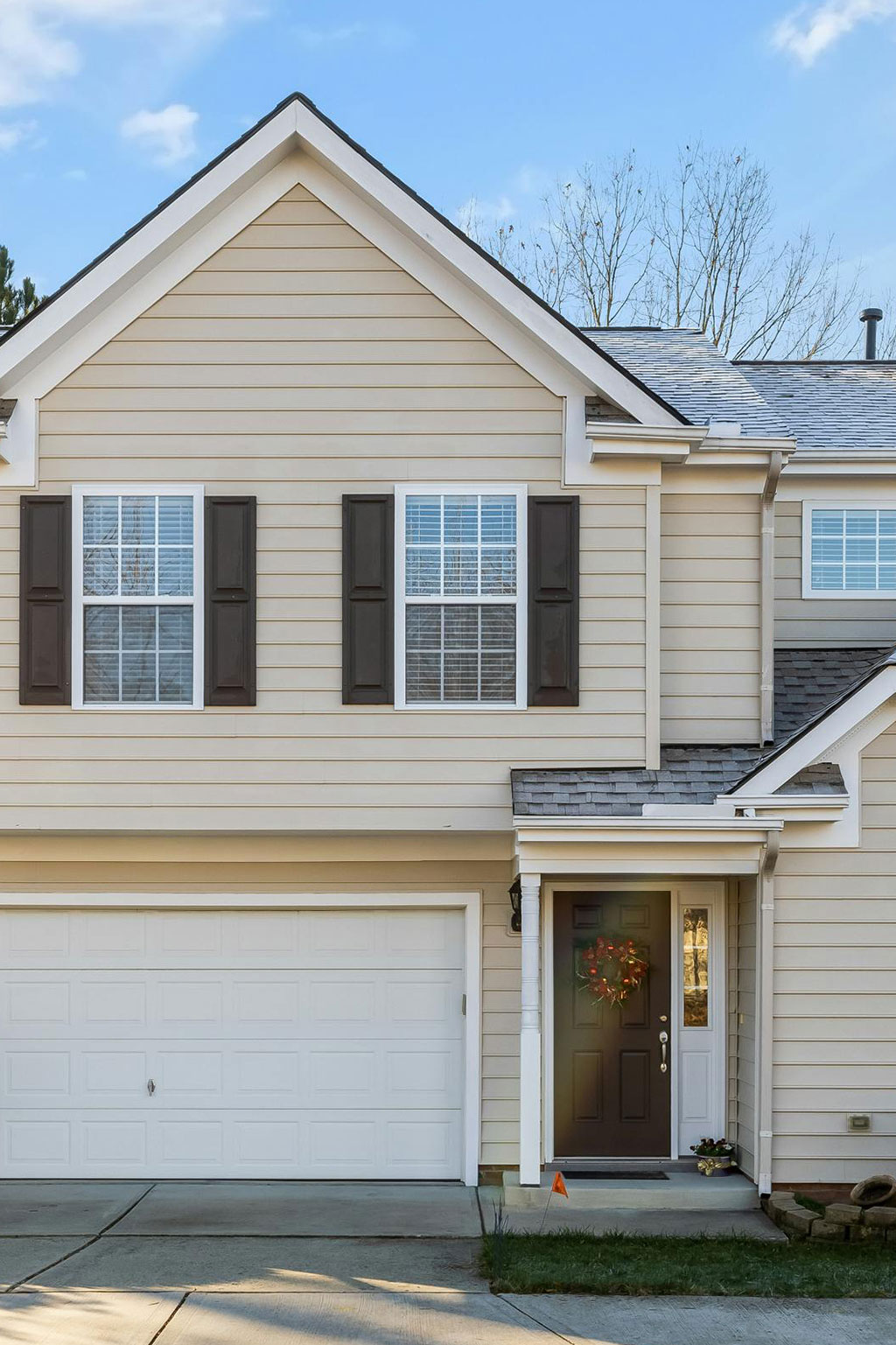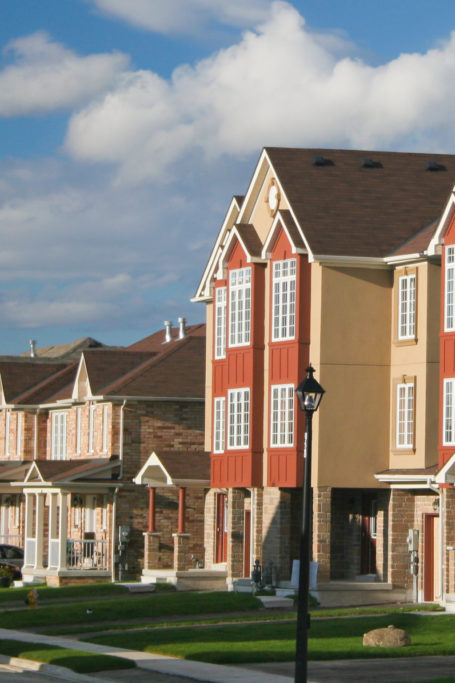Demystifying Your Mortgage Payment
When it comes to their mortgage payment, most homeowners tend to think of it as covering just the amount they borrowed.
However, it’s actually applied to several different costs—some of which are fixed, while others can change over time. Here’s a breakdown of the four main components that might be included in your monthly bill.

Principal
The principal is essentially your loan balance. For instance, if you took out $300,000, the principal begins at that amount, and every month, a portion of your payment goes toward chipping away at it. In the early years of your mortgage, a smaller percentage will apply to the principal, with more of it covering the interest. Over time, that will shift so that you start to pay off more of the loan with each payment.
Interest
Interest is what the lender charges you for borrowing the money. Calculated as a percentage of your loan balance, it can make up a significant part of your payment, especially in the early years. Your interest rate is determined when you apply for your mortgage, and it’s based on factors like your credit score, down payment, and loan type as well as the current market conditions. The higher your rate, the more you’ll pay in interest over the life of the loan.

Escrow account contributions
Many lenders use escrow accounts to collect and hold funds for property taxes and homeowners insurance, helping ensure that these often once-a-year bills are paid on time and allowing them to break them down into more manageable amounts. A portion of your mortgage payment will go into this account each month, and it will typically appear as one line item despite the money being used for multiple purposes. Each year, your lender may adjust the amount pulled if your taxes or insurance premiums change, so it’s a good idea to review your statements and ask questions if something seems off.
Property taxes
Homeowners are responsible for paying property taxes, which are typically based on the home’s assessed value and the local tax rates. These fees help fund schools, emergency services, roads, and other public needs in the community.
Homeowners insurance
Lenders mandate that you carry insurance to protect against the costs associated with damage or loss from events like fire, storms, and theft. The price of insurance can vary based on your location, the size and age of your home, and what level of coverage you choose; some homeowners also opt to purchase additional coverage for floods or earthquakes.
Mortgage insurance (if applicable)
If you made a down payment of less than 20 percent on a conventional loan, you will have to pay for private mortgage insurance (PMI). This protects the lender in case you default on the loan. PMI is typically included in your monthly payment and will continue until you reach a certain level of equity in your home. For instance, at 20 percent, you can request to have it dropped, or else it will be automatically cancelled at 22 percent. Government-backed loans like those from the FHA and USDA have their own version of mortgage insurance that works a little differently and could last the life of the loan, so be sure to read the terms carefully.
While you may feel like all you need to know about your mortgage payment is how much the total is each month, understanding each of the components is crucial. It can help you stay on top of your budget, plan for the future, and feel more confident in your financial decisions as a homeowner. For more nuanced guidance, reach out to your lender or a financial advisor, who can help you break down the details and create a personalized plan.


















